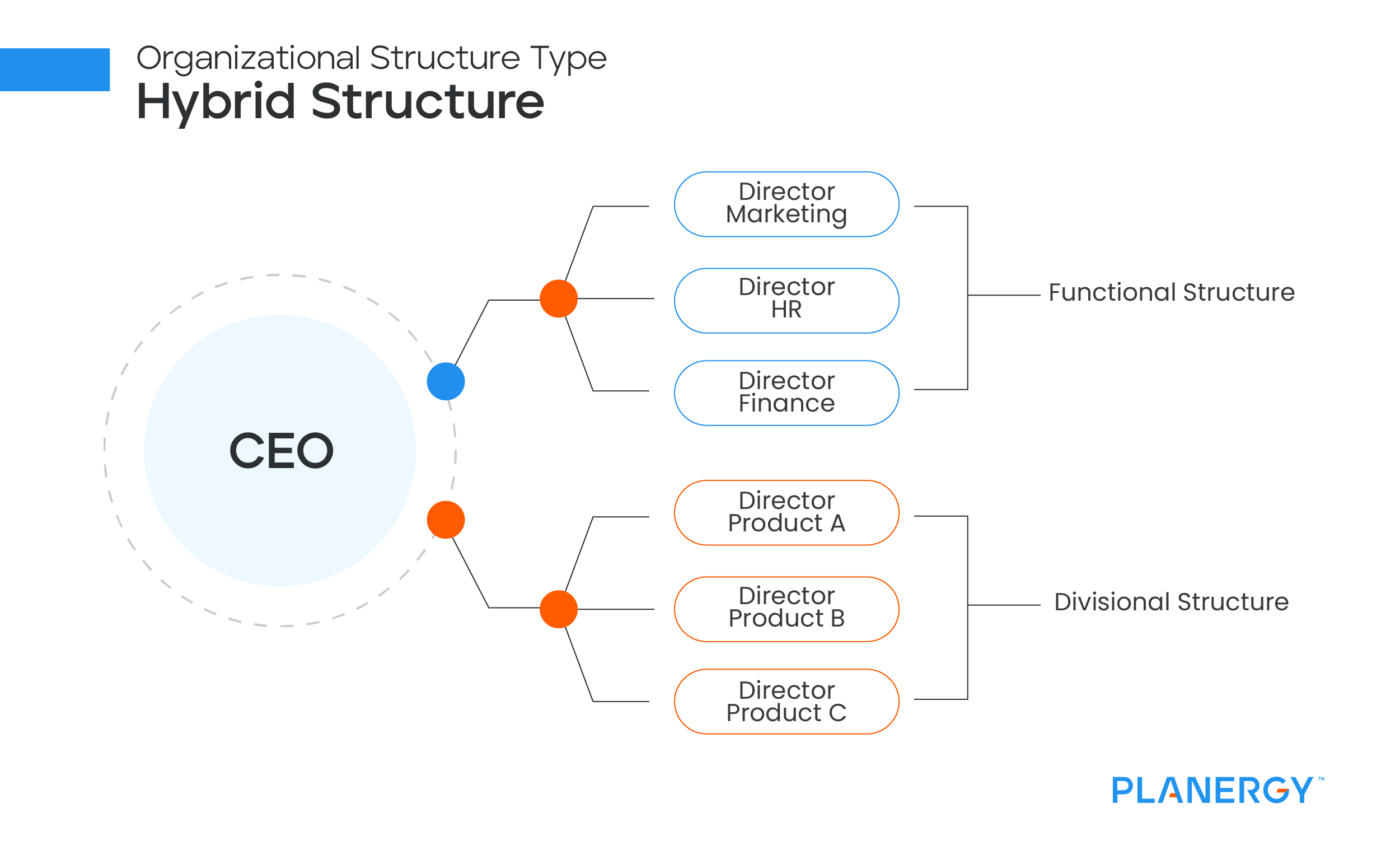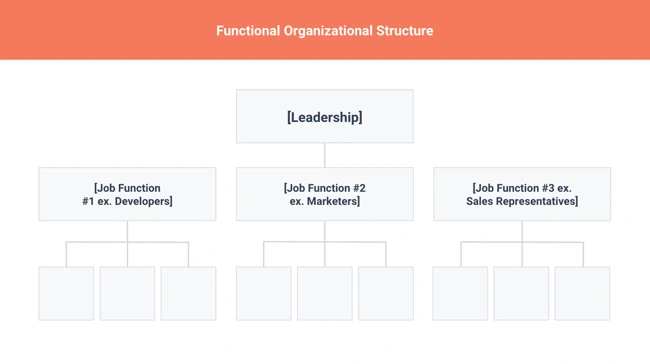The Ultimate Guide To Relational Leadership Essentials
The Ultimate Guide To Relational Leadership Essentials
Blog Article
A Biased View of Relational Leadership Essentials
Table of ContentsSome Known Facts About Relational Leadership Essentials.The Ultimate Guide To Relational Leadership Essentials10 Simple Techniques For Relational Leadership EssentialsThe 3-Minute Rule for Relational Leadership Essentials3 Easy Facts About Relational Leadership Essentials Explained8 Simple Techniques For Relational Leadership Essentials
As even more business take on dispersed labor force methods, joint, transparent, and flexible structures will certainly play an essential function in success. Understanding that a matrix framework's flexibility sustains agile groups, promotes involvement, and values cross-collaboration, it's time to make a decision if your organization requires improvement in these areas. If so, transitioning to a matrix structure may be a solid action in the appropriate directionFor instance, if your social media sites marketing division determines an untapped client base, your framework ought to make it easy for the head of that division to communicate this discovery to elderly management and the sales team. This can be real even if you have a top-down structure in which authority relaxes in the hands of your elderly management group.

Relational Leadership Essentials Things To Know Before You Get This
Regardless of the sort of organizational framework you choose, there will certainly always be a coverage network that ends with a last choice maker. As an example, in a flat structure in which employees are provided large latitude to make tips and take possession of their work process, decisions are made based on the agreement of employees functioning in a group.
TASK 1 1.1: Organizations are developed to satisfy a need, for example to supply products or services. Business structures can take several types.
Organizations can be structured in various methods: by function, as an example, operations, marketing, financing, fundraising, and so on by region by product, as an example, publications, assistance, working as a consultant, distribution in work groups, for example, client/customer teams. At the top of the framework is a bachelor, who has a little number of individuals reporting straight to them.
The 30-Second Trick For Relational Leadership Essentials
Benefits of ordered structures: An ordered structure utilizes clear reporting lines. It is very easy to see what each team is called, just how numerous individuals there are in each group and how they relate to other individuals in the system. Disadvantages of hierarchical structures: People can really feel stuck in a 'silo' and miss out on possibilities for co-operation, both on their own and the organisation.
There are less levels in the level framework organisation. In this example framework, there is a single person at the top with everybody else reporting into them on an equal level. Advantages of level frameworks: people feel even more involved and can handle even more obligation greater interaction better team less administration and simpler choice making lowerEven teams of young kids begin to develop a network or informal power structure.
The Relational Leadership Essentials PDFs

An organizational framework produces a structure for how a business operates, including the department of duties and authority. With each other with culture, solid org structures can accompany aligned with business goals and objectives, relocating ahead as one. Here are one of the most usual alternative org structures in operation: business framework business framework organizational framework organizational framework organizational structure business structure business framework You may ask, what is the best organizational framework? The response relies on the kind of organization you desire internet to run (leadership resources).
The individual at the top has the utmost authority and sets the agenda and method. The supervisors produce the strategy and the employees perform the plan. Top-down orgs have actually functioned in an orderly and easy-to-understand power structure for hundreds of years. Everybody has a clear line of coverage and understanding of the chain of command.
The smart Trick of Relational Leadership Essentials That Nobody is Discussing
Some have said that this design of structure is obsoleted, in a globe that is relocating so fast. The view might be great from the top, but what about the remainder of your firm? Photo by mirsad mujanovic/ Accredited under Pexels License Benefits of a top-down org structure include: A clear focus on direction and tasks Streamlined decision-making Roles and responsibilities are clear Familiar and comfortable operations Downsides of a top-down org framework consist of: Employee have little control or input right into the work item Managers might not see spaces between assumptions and team capacities till it's too late Much less independent thinking at reduced levels Reduced employee engagement and excitement A bottom-up organizational framework works much differently.
Lower-level employees within a company are provided better authority to resolve issues, set directions, and take on tasks. Rather of method, concepts, and projects being handed down from the top, ideas and understandings are developed at the bottom and flow upwards in the bottom-up org framework.
The Relational Leadership Essentials PDFs
While utilizing the very same principles as the top-down frameworks, it even more delegates responsibility and authority to supervisors. Usually used in huge business, responsibilities may be separated into departments or units which supervisors manage and set method in their respective locations. Secondary managers produce the implementation technique and lower-level employees are appointed tasks.
Report this page